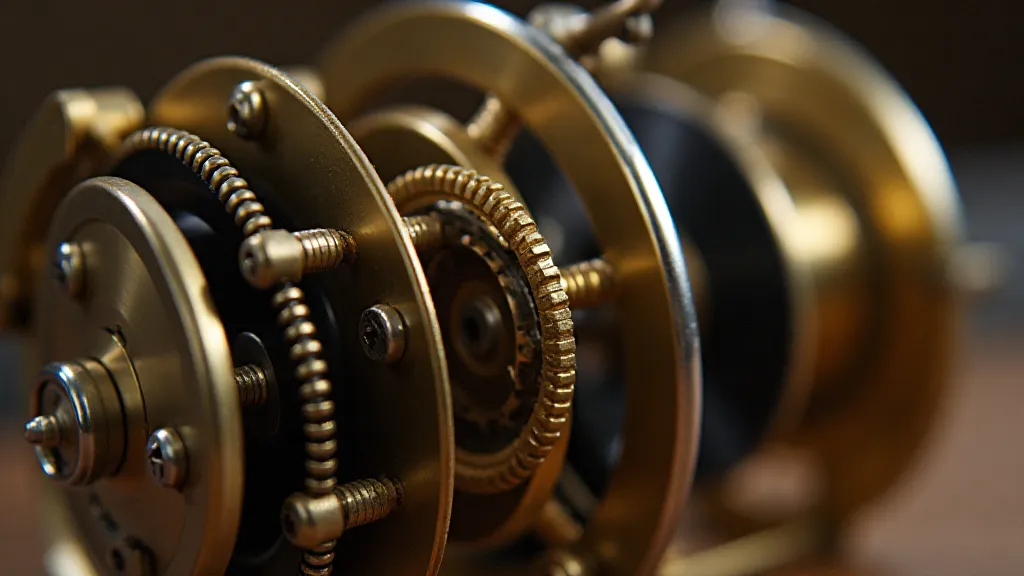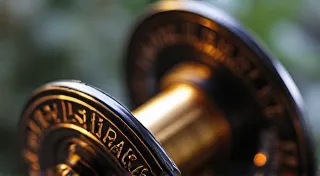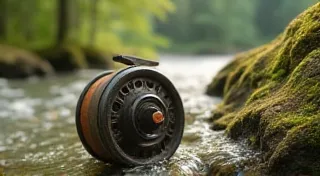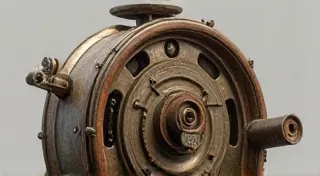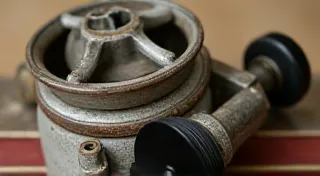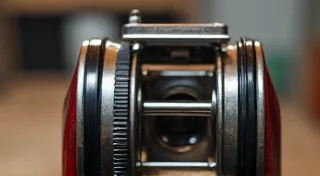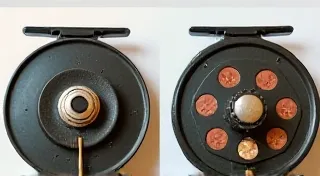Automatic Reels: A Technological Leap in Fishing
The gentle whirring, the satisfying click as the line is effortlessly retrieved – the sound of an automatic fishing reel holds a unique magic for those who’s heard it. More than just a tool, these reels represent a fascinating intersection of ingenuity, craftsmanship, and the enduring human desire to connect with nature. They represent a pivotal moment in the history of angling, a shift from laborious manual winding to a smoother, almost effortless experience. And for collectors, they are treasures – tangible links to a bygone era of American innovation.
My grandfather, a quiet man of few words, possessed a prized possession: a Penn Peerless automatic reel. I remember, as a boy, the reverence he held for it. It wasn’t just a reel; it was a story – a testament to the days he’s spent on the riverbank, battling stubborn bass and patiently waiting for a bite. He rarely used it, preferring a simpler, spinning reel, but its beauty, its intricate mechanism, captivated my young mind. That reel sparked a lifelong interest in not just fishing, but in the history and artistry behind the gear itself.
The Pre-Automatic Era: A Fisherman's Labor
To truly appreciate the impact of the automatic reel, it's important to understand the limitations of what came before. For decades, fishermen relied on manually cranking reels. This wasn’t just a matter of convenience; it was physically demanding. Imagine battling a large fish for minutes, your arm aching, your shoulder burning, while manually winding the line back onto the spool. It certainly built strength, but it also limited the time and energy available for actually *fishing*.
Early reels were often simple, made of wood or rudimentary metal designs. Even as metallurgy improved, the process of reeling in a fish remained a significant undertaking. The idea of something that could handle that labor automatically had to have been a tempting prospect for anglers.
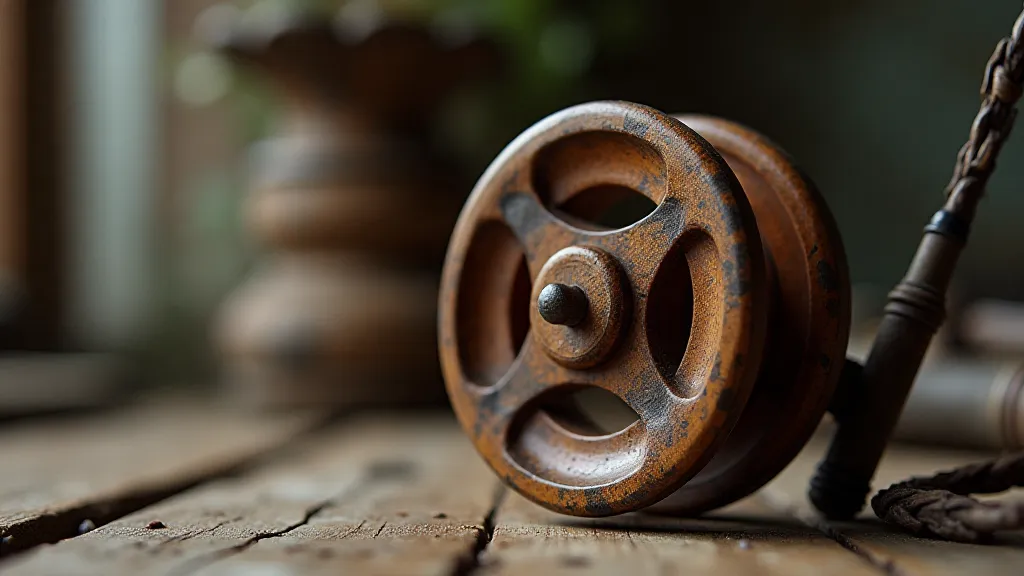
The Dawn of Automation: Pflueger and the Automatic Revolution
The first whispers of automatic reels began in the late 19th century, but it was the early 20th that witnessed a genuine revolution. Pflueger, a name synonymous with quality angling equipment, is widely credited with pioneering commercially successful automatic reels. Their "Automatic" reels, introduced in the early 1900s, utilized a spring-driven mechanism that, with a few turns of a key, would wind the line back onto the spool. This simple yet ingenious design drastically reduced the physical effort required for fishing, making it accessible to a wider range of people.
The initial Pflueger automatics were often adorned with ornate detailing and high-quality finishes. They weren't simply functional tools; they were statements - symbols of a burgeoning American consumerism and a fascination with technological advancement. These early models used variations of a simple clockwork mechanism, reflecting the skills of horologists who increasingly contributed to the burgeoning fishing gear industry. Their popularity quickly spread, spurred by demonstrations at fishing shows and word-of-mouth amongst eager anglers.
Key Manufacturers and Design Innovations
While Pflueger blazed the trail, other manufacturers quickly entered the automatic reel market. Hardy, known for their fly fishing reels, developed automatic models for open-water angling, bringing their renowned engineering expertise to the new technology. Shakespeare, a company built on innovation and quality, also produced a range of automatic reels, often focusing on affordability and wider accessibility. Penn, with their peerless designs, soon became a dominant player, offering a spectrum of models suitable for both freshwater and saltwater use.
Design innovations followed swiftly. Early automatics relied on relatively simple spring mechanisms, but engineers constantly sought to improve efficiency, durability, and ease of use. Some models incorporated variable-speed winding mechanisms, allowing anglers to adjust the retrieval rate depending on the situation. Others focused on reducing the size and weight of the reels, making them more portable and comfortable to handle. The evolution of materials, from early brass and bronze to more advanced alloys, also played a significant role in the advancement of automatic reel design.
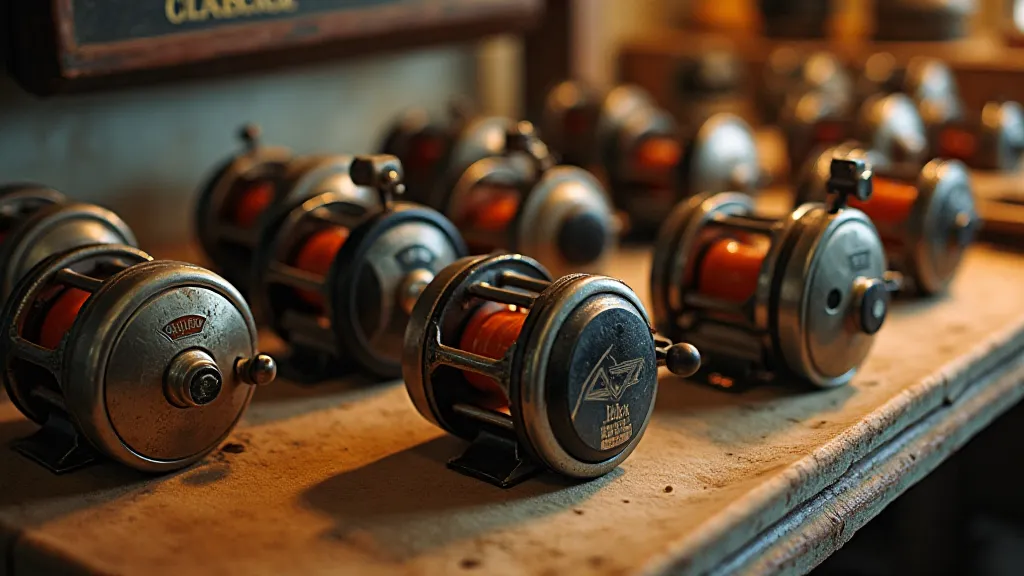
The Peak Years and Subsequent Decline
The "Golden Age" for automatic fishing reels arguably spanned from the 1920s through the 1950s. During this time, manufacturers were fiercely competitive, constantly pushing the boundaries of innovation. The reels became a desirable status symbol, particularly among serious anglers who appreciated the convenience and performance they offered. They represented a blend of practicality and luxury, perfectly aligned with the post-war American dream.
However, the rise of centrifugal and then spinning reels in the 1960s and beyond marked a turning point. These newer technologies offered advantages in casting distance, line capacity, and overall versatility. Automatic reels, with their somewhat limited casting ability and complexity of maintenance, gradually fell out of favor.
Collecting and Appreciation: A Legacy Preserved
Today, vintage automatic fishing reels are highly sought after by collectors and enthusiasts. Their scarcity, coupled with their historical significance and beautiful craftsmanship, makes them valuable treasures. A well-preserved Pflueger Automatic, a Hardy automatic, or a Penn Peerless can command significant prices on the collector’s market.
More than just their monetary value, these reels hold a deeper sentimental value. They represent a time when American manufacturing was at its peak, when quality and durability were prioritized over mass production. They remind us of a simpler time, when connecting with nature was a cherished pastime, and a beautifully crafted fishing reel was a source of pride and enjoyment.
Restoring these reels can be a rewarding experience, but it's crucial to approach it with respect and knowledge. Many parts are scarce and require careful handling. Preserving the original finish and functionality is paramount, as any alterations can significantly impact the reel's value and historical significance. For those willing to delve into the intricate mechanics and appreciate the artistry involved, restoring a vintage automatic reel is not just a project; it’s a way to honor a legacy – a testament to the enduring power of human ingenuity and the timeless allure of the open water.
